Chances are you will be one of the millions of drivers on the roads during this holiday season. According to the Centers for Disease Control (CDC) and National Highway Traffic Safety Administration, 1 in 25 adult drivers report having fallen asleep while driving. Drowsy driving was responsible for 72,000 crashes, 44,000 injuries, and 800 deaths in 2013. A sure way to ruin your holiday is with an accident. No one knows the exact moment you fall asleep, so how do you know if you are an unsafe driver and should pull over? Here are some common signs, solutions, and myths.
Who is at risk?
Driver fatigue occurs due to lack of sleep or cumulative sleep deficit, medication, alcohol, time of day, low cognitive load, and extended periods of driving without stopping. Adults with less than six hours of sleep, commercial drivers and people who snore are at a higher risk for fatigue. Medications that can affect your risk contain warning labels that state the medication may cause drowsiness. Shift work and sleep apnea also increase your risk.
Here’s your sign.
The National Sleep Foundation says that you are too fatigued to drive if you: have trouble keeping your eyes focused, can’t stop yawning, can’t remember driving the last few minutes, are daydreaming, have trouble holding your head up, or are drifting in and out of lanes. Missing your exit, hitting the rumble strips, and generalized body aches are also signs that you need to rest.
Common “Fix” Myths.
Opening the windows. Turning up the radio. Adjusting your seat position. Drinking energy drinks. None of these are going to keep you awake for very long. In fact, these tricks can cause you to have “micro-sleeps”, where you simply skip 4-5 seconds of being awake. Doesn’t sound like much, but those 4-5 seconds at 55 mph equals more than 100 yards. Plenty of time to miss that turn, hit another vehicle, or cause serious damage to yourself and others.
What to really do.
Prepare. Get a good night’s sleep before your trip. Eat a healthy meal. Drivers on the road between midnight and five AM are eight times as likely to be driving drowsy, so plan your trip accordingly. While you are at it, plan for frequent breaks and take your time.
Feeling those signs above? Pull. Over. Get to a safe location, like a state patrolled rest area, and do just that- rest! Take a short nap. Even closing your eyes for fifteen minutes has been proven to help. You can also get out of your vehicle and walk around. Eat a healthy snack. Switch with another licensed driver in your vehicle. If you aren’t in a safe area or near a place to stop, start a conversation with someone in the car or on the hands-free phone. Pull off at an exit and get a cup of coffee. The caffeine will help for a short period of time.
